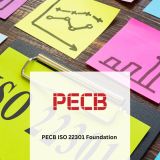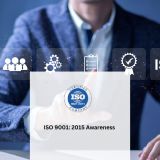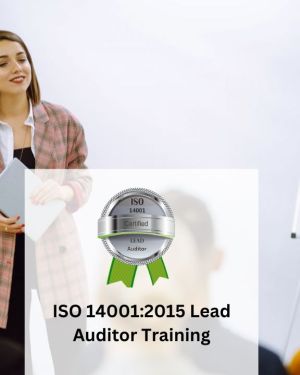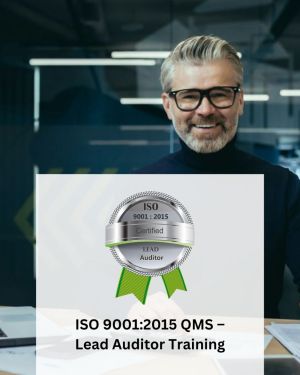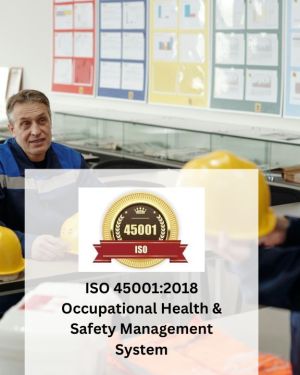Course Description
Participants will learn about the requirements of the standard, the benefits of implementing a QMS, and how ISO 9001:2015 contributes to continual improvement, customer satisfaction, and operational efficiency. This course is ideal for employees at all levels who need to be familiar with ISO 9001:2015, as well as for those involved in quality management and improvement initiatives.
Course Objectives
By the end of this course, participants will be able to:
1. Understand ISO 9001:2015: Gain a basic understanding of the structure, principles, and key requirements of the ISO 9001:2015 standard.
2. Recognize the Benefits: Identify the benefits of implementing a Quality Management System (QMS) based on ISO 9001:2015, including enhanced
customer satisfaction, improved process efficiency, and continuous improvement.
3. Comprehend QMS Processes: Understand the process approach and riskbased thinking emphasized in ISO 9001:2015, and how these contribute to
achieving organizational objectives.
4. Identify Key Clauses: Familiarize with the key clauses of ISO 9001:2015, including context of the organization, leadership, planning, support, operation, performance evaluation, and improvement.
5. Prepare for Implementation: Understand the steps required to implement ISO 9001:2015 in an organization, including documentation requirements and the role of internal audits.
Detailed Course Outline
Module 1: Introduction to ISO 9001:2015
• Overview of ISO 9001:2015
o History and evolution of ISO 9001
o Understanding the importance of a Quality Management System (QMS)
o Key principles of ISO 9001:2015
• ISO 9001:2015 Structure
o Annex SL and its impact on ISO 9001
o The high-level structure (HLS) of ISO 9001:2015
o Understanding the Plan-Do-Check-Act (PDCA) cycle in the context of QMS
Module 2: Key Requirements of ISO 9001:2015
• Clause 4: Context of the Organization
o Understanding internal and external issues
o Determining the needs and expectations of interested parties
o Defining the scope of the QMS
• Clause 5: Leadership
o Leadership and commitment
o Establishing a quality policy
o Roles, responsibilities, and authorities within the QMS
• Clause 6: Planning
o Addressing risks and opportunities
o Setting quality objectives and planning to achieve them
o Planning for changes in the QMS
Module 3: Support, Operation, and Performance Evaluation
• Clause 7: Support
o Resources, competence, and awareness
o Communication and documented information
• Clause 8: Operation
o Operational planning and control
o Requirements for products and services
o Control of externally provided processes, products, and services
• Clause 9: Performance Evaluation
o Monitoring, measurement, analysis, and evaluation
o Internal audit and management review
Module 4: Improvement and Implementation
• Clause 10: Improvement
o Nonconformity and corrective action
o Continual improvement processes
• Implementation Steps
o Understanding documentation requirements
o Preparing for internal audits and management reviews
o Steps for successful implementation of ISO 9001:2015
Certification:
• Participants will receive a certificate of attendance upon completion of the course.



